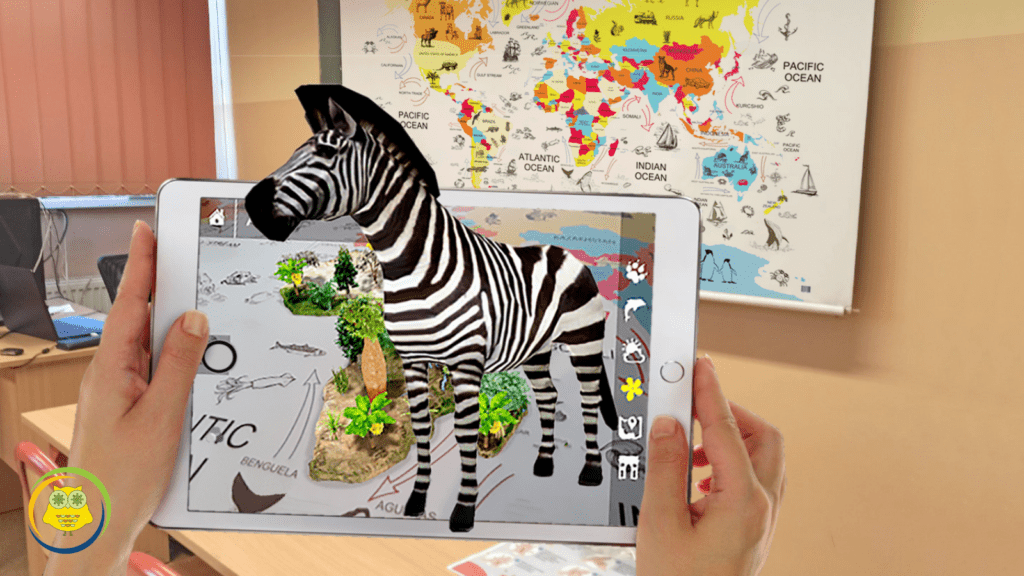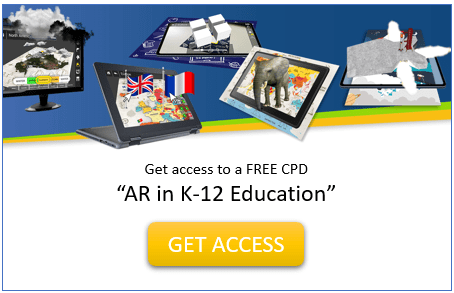
In this digital age, everything has become faster. From uploading videos to streaming them, the internet offers an instantaneous response. Even the process of learning has become more interactive and engaging with the help of new technologies. Educational institutions are now focusing on 3D visual learning as it is a more natural way for children to learn and understand concepts. Like A level business tuition to clarify the basic and advanced concepts
It is a perfect combination of reading, writing, speaking, listening and viewing which helps in developing cognitive abilities while also keeping them engaged. Learning through 3D visual methods not only makes the lessons memorable but also improves retention. The following are some of the benefits of using 3D visuals in your child’s education from pre-K through high school:
Better retention of concepts
Using 3D visual learning methods can help improve the retention rate of concepts. Studies have shown that there is a strong link between the visual cortex of the brain and memory retention. However, the visual cortex is one of the last parts of the brain to fully develop.
This is why visual learners have difficulty processing and retaining information. But when visual learners are shown a concept in a visually stimulating way, it is immediately translated into their language centre. This makes it easier for visual learners to remember what they have learnt.
Improves cognitive abilities
A 3D visual learning method can stimulate a child’s cognitive abilities. It helps them solve problems, think critically and be innovative. Since visual learners are more inclined towards visual methods, this approach can certainly help improve their cognitive abilities.
The use of visuals in the education system makes subjects like Science, Math, Biology and History easily comprehensible to students. It also encourages visual learners to be more engaged in their lessons by making concepts more interactive.
Enhances creativity and problem-solving skills
Visual learning methods can enhance creative thinking abilities in children and make them more creative. It helps develop the ability to think outside the box. Through a 3D visual learning approach, children are introduced to multiple approaches to solve a problem.
This develops their problem-solving skills and makes them more innovative. It helps them think more critically and analytically, which is a skill that can be applied to various situations in their future lives.
Boost self-confidence
A child’s self-confidence is usually boosted when they are shown a visual learning method. The visual representations of concepts and the gradual assimilation of ideas make visual learners feel more confident. It gives them an opportunity to explore and discover things, thus building their self-confidence and self-esteem.
Helps develop fluency in learning languages
An additional benefit of using a 3D visual learning approach is that it can help develop fluency in learning languages. A study showed that children who were taught using visual methods had a quicker assimilation of language compared to those who were taught without visuals. Teaching children science through visuals not only makes it more interactive, but it also makes it more fun.
The use of hands-on activities, games and puzzles can make science a more enjoyable subject. Visuals included are diagrams, graphs, charts, flowcharts, and representations of objects. The visuals can be anything that can help explain the concept in a way that’s easy to understand.
With math, visuals can be graphs, charts, or anything that can help explain a concept. For example, graphs can be used to explain a change over time. Charts can be used to practice basic math. The most important thing is to make sure the visuals are easy to understand.
Conclusion
Learning through a 3D visual method is advantageous because it encourages multiple senses, like touch, smell and taste. It helps in developing the creative and critical thinking abilities of children as well as improves their retention and assimilation of concepts. In short, it is an all-round approach to learning.

